Outdoor Education- Fishing - ppt download
4.7 (289) In stock
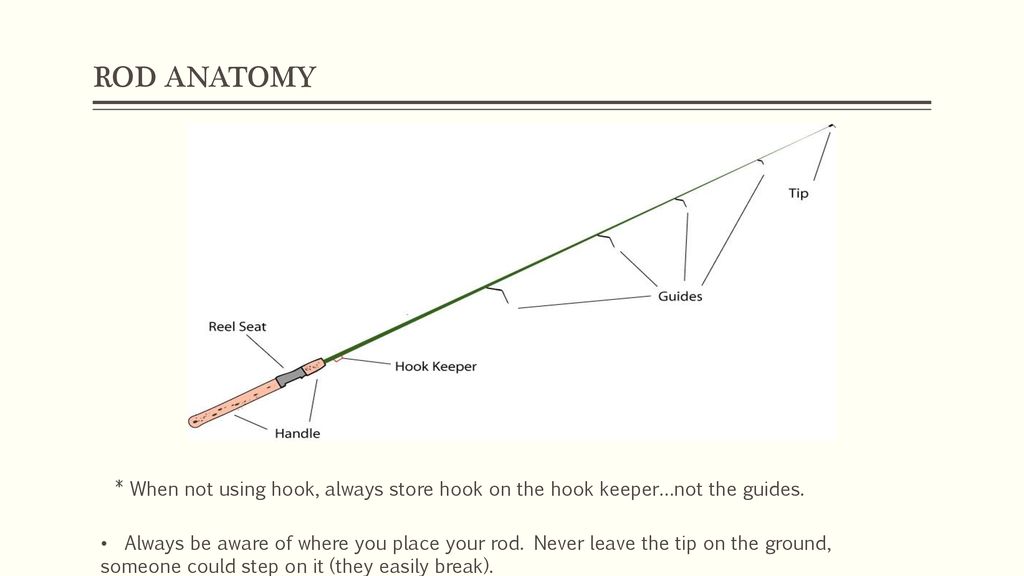
Equipment Components and Assembly
Outdoor Education- Fishing
Always be aware of where you place your rod. Never leave the tip on the ground, someone could step on it (they easily break).
Casts slightly further (less resistance) Pinch line w/ index finger, open bail, cast. Rod to target while releasing line. Close Faced Reel. Easy beginner’s reel. Hold release button, cast to target while releasing button.
Baitcaster. Advanced release, thumb stays on. Spool throughout cast. Casts further and smoother, more difficult to master.
Begin backcast (more elbow, less. shoulder). Continue backcast keeping pole. parallel w/body, perpendicular. to ground. End backcast abruptly (1-2 o’clock) Begin aggressive forward cast. (whipping the pole) toward your. target (eyes on target) Continue forward cast…ensure. guides are in line with target, ensure. elbow stays below shoulder. Straighten index finger for release of line. Releasing too early will cause a high cast, and too. late will cause a short cast.
BOBBER: This will indicate when a fish has taken your bait into it’s mouth. SINKER: Weight attached to the line helps get your hook/bait down into water. HOOK: If you don’t know why a hook would be useful in fishing, I feel sorry for you.
ADVANTAGES- Lures are less messy than bait. Lures gut hook fewer fish (gut hooking is when the fish partially or completely swallows hook) Allow you to cover more water in less time. You can target species you want to catch more efficiently. Easily changed out. DISADVANTAGES- Lures can be expensive compared to bait. Lures can be snagged on underwater obstacles, accidentally casted into trees. Nothing can completely simulate live bait.
Plugs- Made to resemble baitfish, frogs, or other prey. Fished at a. Variety of depths based on the. Size of the lip. Bigger=deeper. Jigs- Most versatile, least expensive. Bounced off the bottom in a series of hops. Spinners- Great beginner lure/easy to use. Just cast and retrieve. Spinning blade causes. Vibration which is picked up by the fish’s lateral. line. Great for use in murky water. Spinnerbaits/Buzzbaits- Awkward looking. Lure that uses vibration and appears like. a baitfish. Chuck and wind. Very effective. when fish aren’t too deep in water. Spoons- Curved metal lures. First spoons were. just that with the handle broken off. Wobbles in. the water to simulate an injured bait fish. Just cast. and retrieve. Soft Plastics- Mostly used for bass fishing. Made to l. Imitate worms, minnows, lizards, frogs. Life-like. movement in the water. Retrieved like a jig.
What is the difference between spincast fishing and fly fishing When spincast fishing, you are casting a weighted lure/bait attached to. a weightless line. When fly fishing, you are casting a weightless lure/fly attached to a. weighted line.
Components of the fly rod & reel
Stance- Student should straddle the casting line. If the caster is right-handed, the right foot should be over the casting line toward the target line. Feet are shoulder width apart Rod Lengths- The caster should always keep fly line equal to about 3 lengths of. their rod in front of the rod tip. This provides enough weight to bend (load) the rod. during the cast. 3. Grip- The proper grip will have the thumb on top of the rod grip, point nearly. Straight toward the target. The V between the thumb and forefinger should point. Toward the shoulder of the caster’s rod hand. Grip is firm, not tight. 4. Line on finger- For the basic cast, the fly line should be held against the rod grip. by the index finger of the rod hand. The opposite hand (line hand) should stay to the side for now. 5. Elbow Set- The elbow is the foundation of the cast. It should rest comfortably in a natural position at the caster’s side, just above hip.
6. Wrist in line- The wrist should be positioned so that it is in a straight line running from the elbow to the rod tip, with no bending or cocking. Back of hand should appear parallel to the rod grip, not twisted over or under it. 7. Address- This step is where the caster is preparing to make back cast: the rod tip is lowered to a point of 2 in. off the ground/water, pointing in a straight line down the fly line. There should be no slack in the line, still 3 rod lengths long. 8. Pick-up- This is the first movement in the back cast. It is a slow, deliberate lifting of the rod tip as it rotates upward using the elbow as the foundation. It covers a range of 90°. There is NO use of the wrist during this phase. It starts slowly and increases in speed as the rod tip is raised in a tomahawk chop manner. 9. Back Cast (to a stop)- this is a short, upward movement of the rod tip. The wrist is used to flick the rod tip to an abrupt stop straight above the caster’s head. The thumb of the rod hand should be pointing straight up upon completion. This is a sharp, crisp motion using mostly the wrist and a little bit of the forearm (which finishes in an upright, vertical position as the rod tip is brought to a snapping stop). 10. Forward Cast- The caster, without changing any position of the wrist, hand, arm or elbow, begins to rotate the arm downward, using the elbow as the foundation. This motion begins slowly and ends with another abrupt stop of the rod tip with a short, flicking of the wrist at the point the back cast was started.
11. Let Down- This is the follow through stage. The caster lowers the rod tip gently toward the target as the fly line unrolls in front of them. The arm should be in a straight line, from the elbow to the rod tip, with the wrist returning to the flat, or straight position, in line with the grip.

10+ fishing PPT Templates,Google Slides - Slide Members
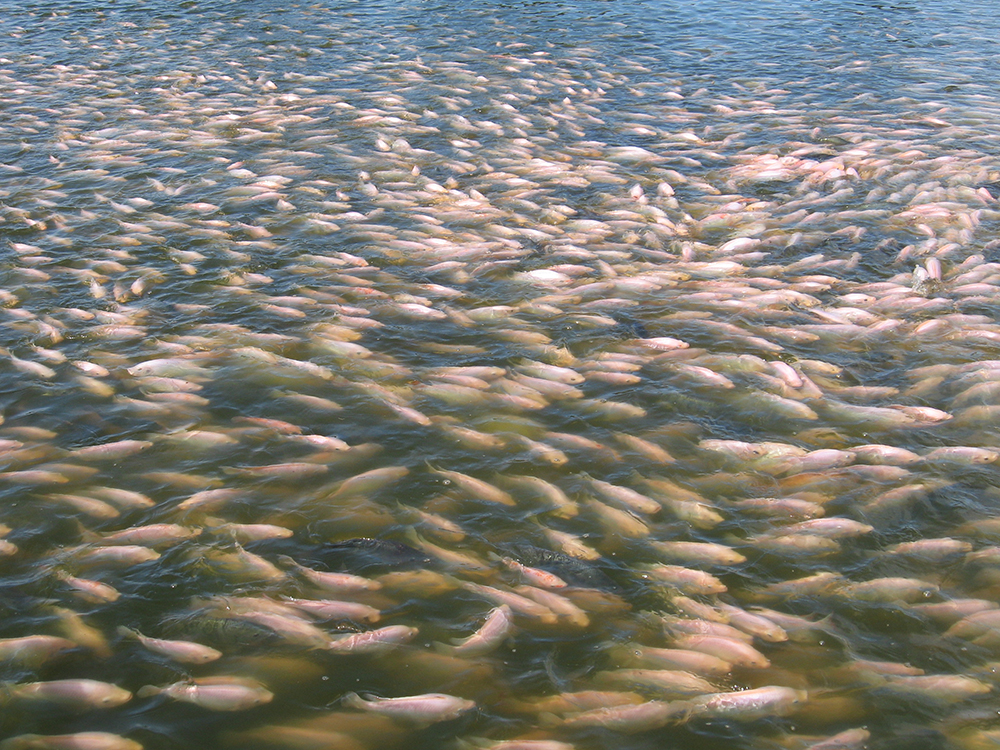
Considerations for tilapia farming in saltwater environments - Responsible Seafood Advocate

Fish Farming: Sources and Methods of Obtaining Fish

Fish PPT Templates - Free PPT Backgrounds and Templates

Download New fishing PowerPoint template Try Now
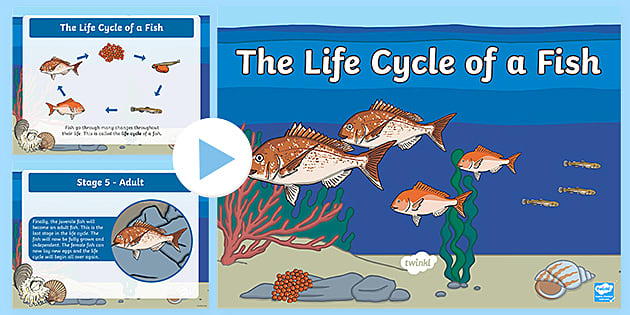
Life Cycle of Fish PowerPoint – Twinkl Resources - Twinkl

Free Fisher PowerPoint Template Powerpoint templates, Powerpoint, Powerpoint template free
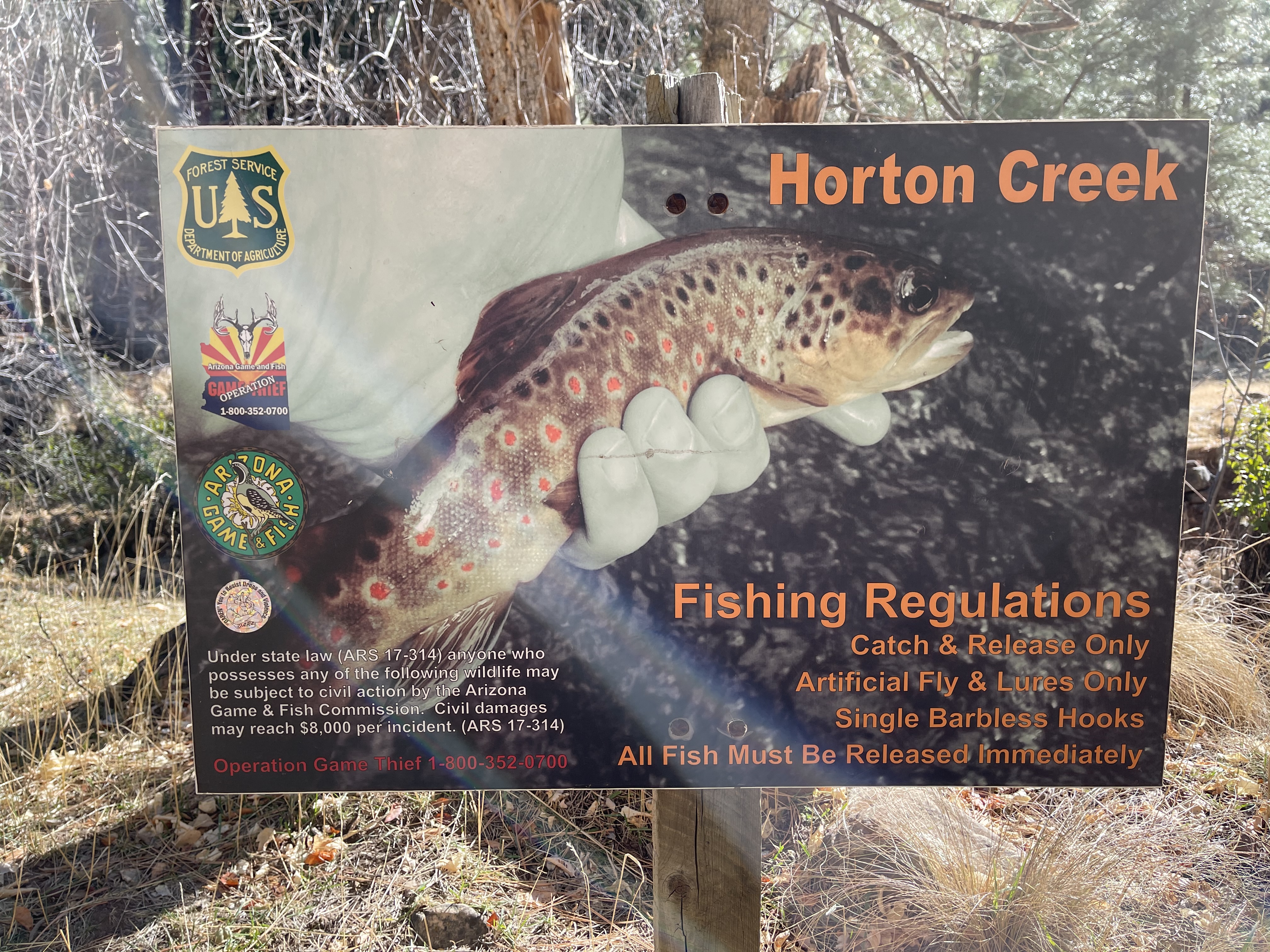
Fisheries management - Wikipedia

Fisheries Google Slides Presentation Templates

Fish Meaning, Characteristics & Muscular System - Lesson

Outdoor Education PowerPoint Template & Google Slides

Fishing

Family Fishing Tour to Celebrate World Fisheries Day
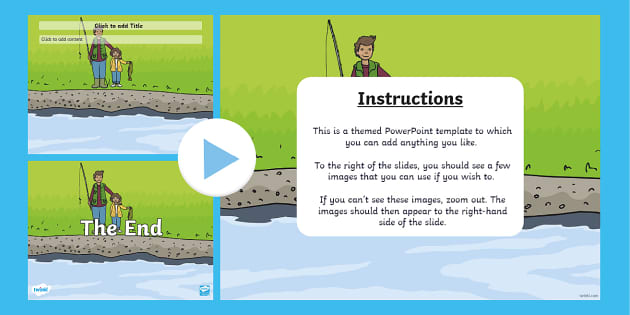
FREE! - Free Editable Fishing-Themed PowerPoint Template for Kids
Terminator Adjusta-Butt - Winthrop Tackle
Anatomy of A Fly Rod, Fly Fishing, Lake Dillon, Big Ed's Fishing Ventures
Abu Garcia Veritas V4 Travel Spin Graphite Fishing Rod 7'0 3-6 kg 3 piece 703M
 Womens Sun Hat UV Protection Wide Brim Beach Hat Kuwait
Womens Sun Hat UV Protection Wide Brim Beach Hat Kuwait Cortland Precision Clear Ghost Sink Tip Fly Line
Cortland Precision Clear Ghost Sink Tip Fly Line Big Bite Baits 3 Curl Tail Grub (33) Electric Grape
Big Bite Baits 3 Curl Tail Grub (33) Electric Grape Intex Explorer 300 Compact Inflatable Fishing 3 Person Raft Boat with Pump & Oars
Intex Explorer 300 Compact Inflatable Fishing 3 Person Raft Boat with Pump & Oars AFTCO TROPICAL SS T-SHIRT
AFTCO TROPICAL SS T-SHIRT Daiwa Steez AGS Spinning Rod Ned Rig With SMT 6'10 Light, STAGS6101LXS-SMT
Daiwa Steez AGS Spinning Rod Ned Rig With SMT 6'10 Light, STAGS6101LXS-SMT